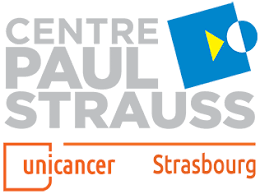Quest for a stable Cu-ligand complex with a high catalytic activity to produce reactive oxygen species
Résumé
Metal ion-catalyzed overproduction of reactive oxygen species (ROS) is believed to contribute significantly to oxidative stress and be involved in several biological processes, from immune defense to development of diseases. Among the essential metal ions, copper is one of the most efficient catalysts in ROS production in the presence of O2 and a physiological reducing agent such as ascorbate. To control this chemistry, Cu ions are tightly coordinated to biomolecules. Free or loosely bound Cu ions are generally avoided to prevent their toxicity. In the present report, we aim to find stable Cu-ligand complexes (Cu-L) that can efficiently catalyze the production of ROS in the presence of ascorbate under aerobic conditions. Thermodynamic stability would be needed to avoid dissociation in the biological environment, and high ROS catalysis is of interest for applications as antimicrobial or anticancer agents. A series of Cu complexes with the well-known tripodal and tetradentate ligands containing a central amine linked to three pyridyl-alkyl arms of different lengths were investigated. Two of them with mixed arm length showed a higher catalytic activity in the oxidation of ascorbate and subsequent ROS production than Cu salts in buffer, which is an unprecedented result. Despite these high catalytic activities, no increased antimicrobial activity toward Escherichia coli or cytotoxicity against eukaryotic AGS cells in culture related to Cu-L-based ROS production could be observed. The potential reasons for discrepancy between in vitro and in cell data are discussed.
| Origine | Fichiers produits par l'(les) auteur(s) |
|---|
